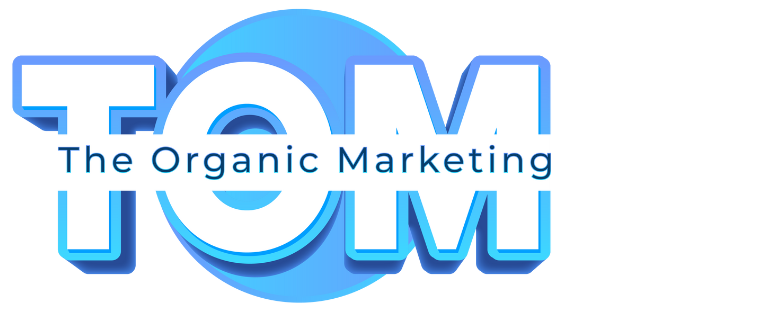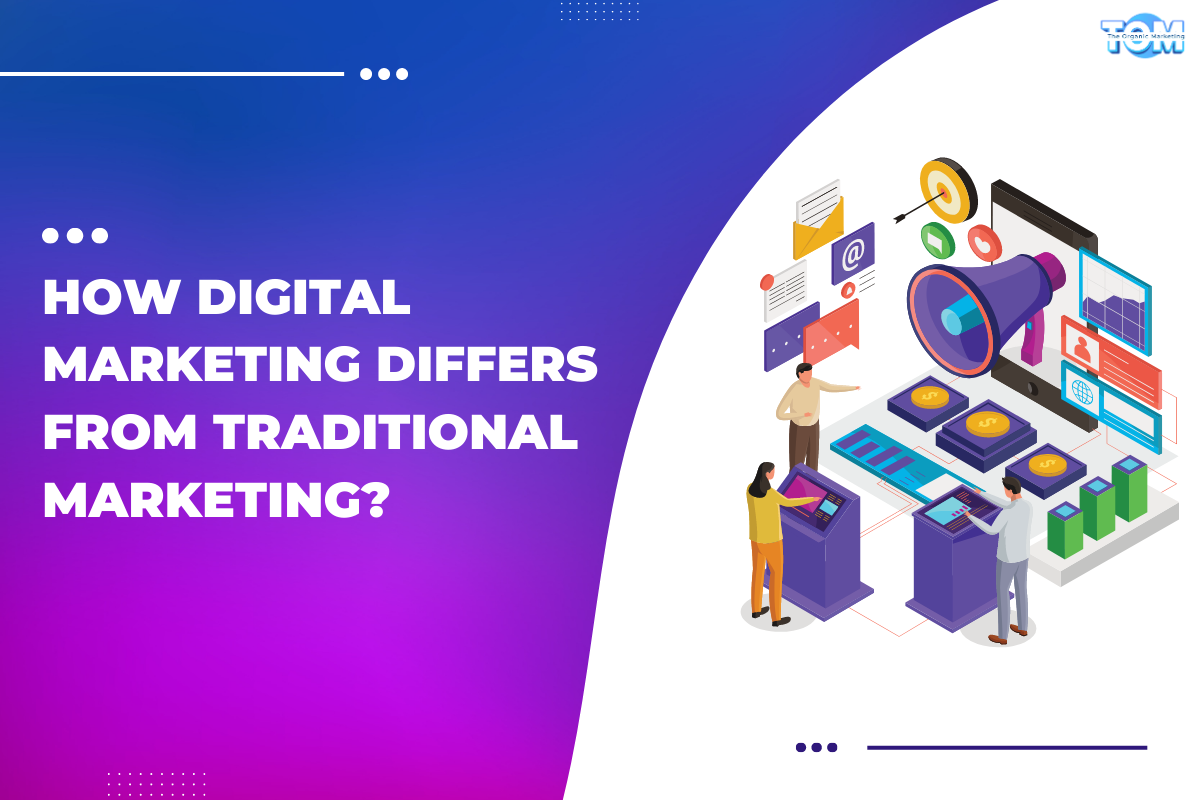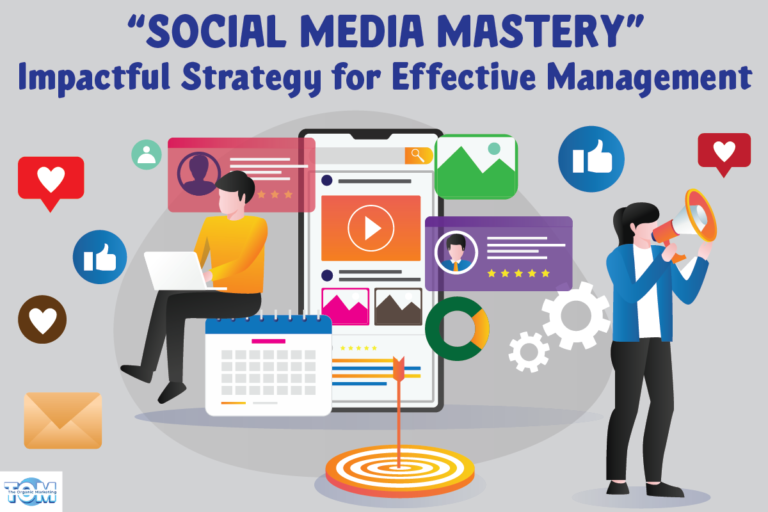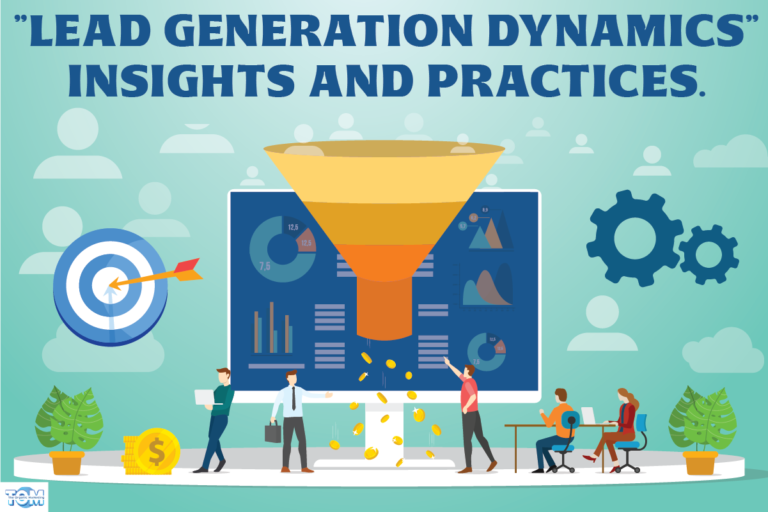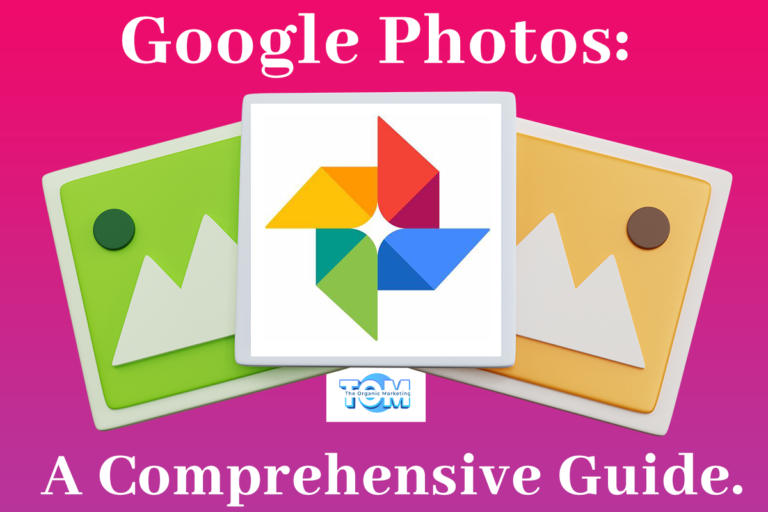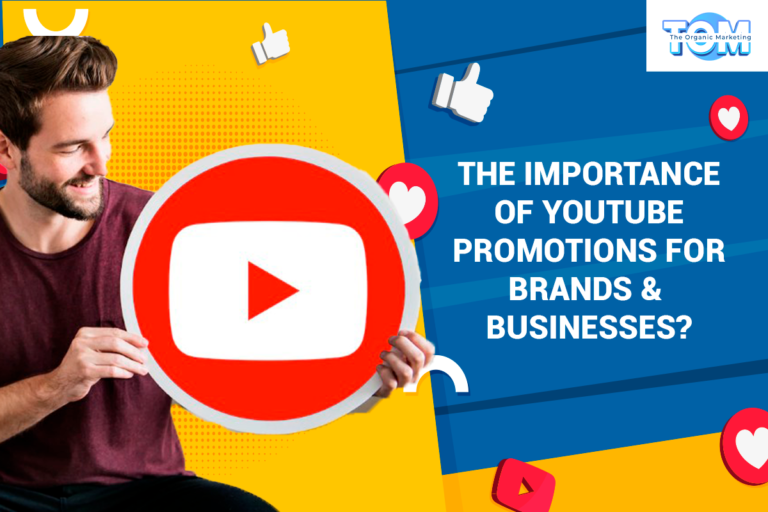How Digital Marketing differs from Traditional Marketing?
Digital Marketing: The concept of digital marketing describes marketing that uses the Internet, mobile phones, and other digital media and platforms to promote products and services. The development of technology for marketing during the 1990s and 2000s changed the way businesses and brands communicate. With digital platforms becoming increasingly integrated into marketing and everyday life, and people continuing to use their devices instead of visiting physical stores, digital marketing campaigns are becoming more prevalent, combining search engine marketing (SEM), search engine optimization (SEO), influencer marketing, social media optimization, social media marketing, content marketing, campaign marketing, data-driven marketing, e-commerce marketing, content automation, display advertising, campaign marketing, e-books, e-mail direct marketing, and optical disks & games have become common place. Non-Internet digital channels, including television, mobile phones (SMS and MMS), call-back, and on-hold mobile ring tones, are considered digital marketing. Digital marketing differs from online marketing because it includes non-Internet channels
Traditional Marketing: The term “traditional marketing” refers to any marketing that doesn’t involve the Internet. This includes print, telephone, direct mail, broadcast, and outdoor advertising like billboards. Whether through newspapers or radio, this method of marketing reaches targeted audiences. Besides being an ancient form of marketing, traditional marketing is one of the most researched forms of marketing as well. Due to its proven success, marketers favor this method. Traditional marketing is a part of everyone’s daily lives, whether it’s getting mail or reading the newspaper every day. In order to reach local audiences, traditional marketing plays an important role. The ads can be kept for a long time, if they are physical. In addition, traditional marketing is easier to reach than online marketing.
